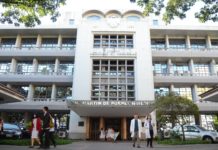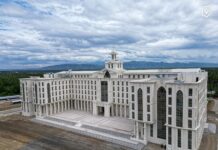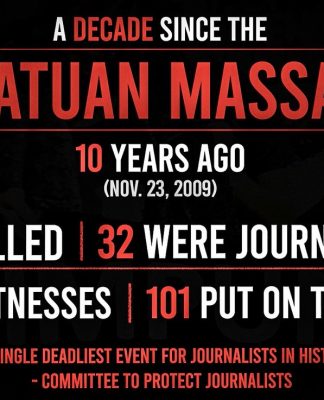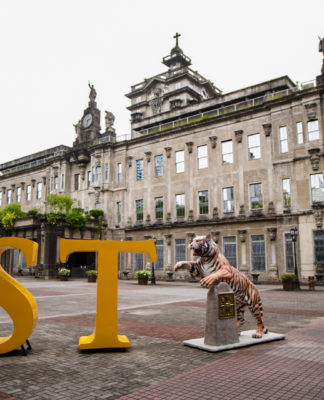Imagine studying quantum physics, electromagnetic theory, theoretical mechanics (Newtonian physics) all in one semester. You’re sitting in a laboratory slash classroom, waiting to be called for a board work on Fermi-Dirac energy and velocity, knowing that there’s no escape because you’re only 15 in the class. Welcome to the class of AP—Applied Physics, that is.
It’s no longer surprising to hear oohhs and ahhs whenever somebody asks for our course, and we try a humble reply. But then, a follow up question pops on what kind of jobs can we get after graduation aside from teaching. We are usually hard-pressed for an answer, but our professors save us from embarrassment by saying AP graduates can work in industries and research agencies. In fact, some of the members of the pioneer AP batch landed in semiconductor industries, while some are pursuing higher studies in Medical Physics.
A UST Mathematics and Physics graduate of the 60’s, Angie Kelly has even managed to enter the US national Aeronautics and Space Administration where she now heads a division.
To be honest, only one in our batch really wanted to take the course at first. Most of us would have wanted to take up Biology or Psychology, if only fate did not forfeit us our slots. The number of “casualties” throughout the four years speaks enough of the difficulty of the program.
We were 42 in our class during our first year, but after a semester, only 30 remained. Now, all that’s left of the second AP batch is 15.
In a psychological test on our uncertainty toward the course given by the college guidance counselor, I was astonished to score 79 per cent, the number to beat, I said. But I was more surprised to find out later that five or six of my classmates had a 100 per cent uncertainty score on why they took the course?
The test was taken during our junior year, but now that we are about to graduate, I dare say, all of us are looking forward to a future with less uncertain prospects, given our Thomasian discipline and education.
UST should create linkages with physics departments of universities here and abroad. Student exchange programs and internships with foreign universities and companies should also be given importance. AP students need more exposure to the ways of the trade in research and industry. Lastly, tie-ups with industries and research agencies should be established to ensure employment and the use of rare talents of AP students.
The program is only five years old and still has a long way to go, but it wouldn’t hurt if improvements are realized at the soonest possible time. The same goes for other science courses.
What separates Applied Physics from other courses is the mental challenge it can give. Maybe this writer is being biased, but who would question the fact that the level of difficulty of the subject is something only a dedicated student or a genius could survive? The satisfaction of getting the right solution or arriving at the proper derivation is something only Physics students can comprehend. Well, this is my theory, at least I admit it is relative.

















